In the automotive industry, design philosophy often serves as a bridge connecting diverse brands, leading to interesting parallels that enthusiasts and experts alike find intriguing. In this article, we explore the aesthetic relationship between Subaru, known for its practical and reliable vehicles, and Lamborghini, a marque synonymous with luxury and performance. Our focus is not on the power or prestige these brands are known for, but rather on the similarities in design ethos that Subaru has mirrored from Lamborghini’s iconic models. This comparative analysis offers a fresh lens for car enthusiasts, revealing how Subaru incorporates elements of exotic design into their more accessible lineup.
Subaru Leone A22 and Lamborghini Espada GTE (Series III)
The Subaru Leone A22 and the Lamborghini Espada GTE Series III, though hailing from vastly different segments of the automotive world, exhibit a surprising similarity in their design aesthetics. The Leone A22, a staple of Subaru’s lineup in the 70s and 80s, mirrors the Espada’s extended, angular front end and a notable low, broad stance. The Leone’s design is characterized by its practical yet distinct body lines, which subtly echo the Espada’s grand touring elegance.
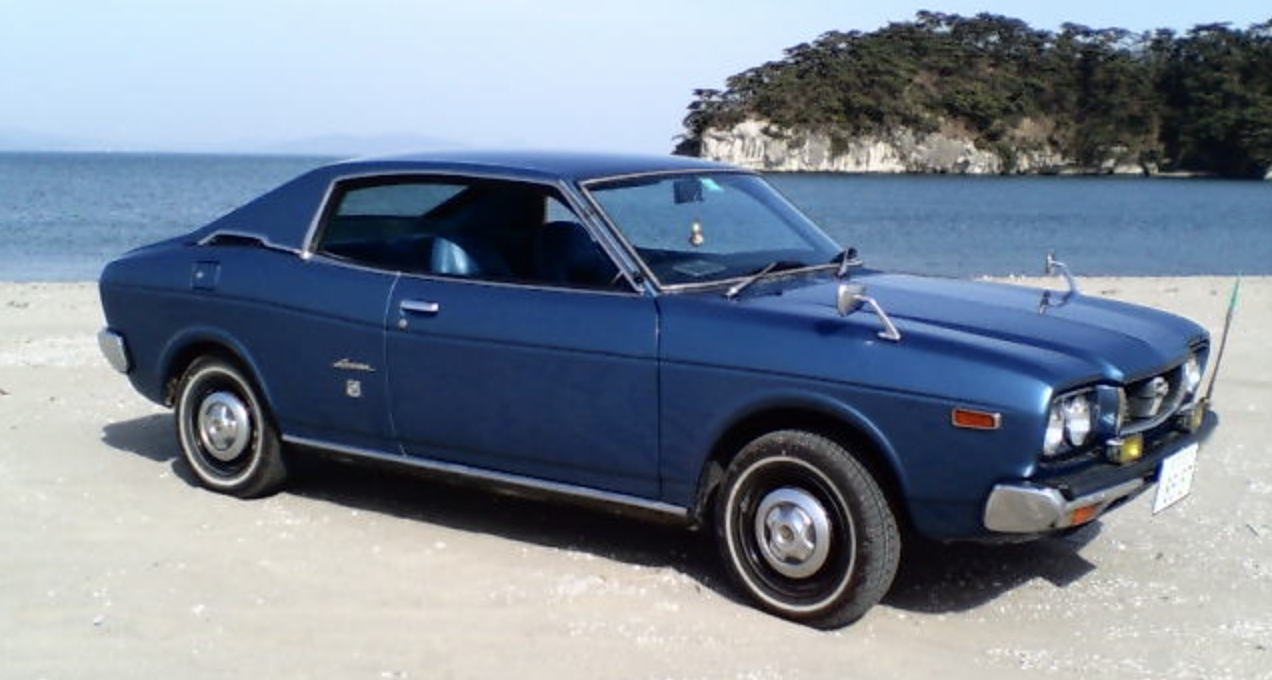
Externally, the Leone A22 was marked by its boxy yet aerodynamic shape, a nod to the fuel-efficiency concerns of its era. Its straightforward, no-frills design contrasted with the Espada’s more flamboyant styling, yet both shared a preference for elongated hoods and a streamlined profile. The Leone’s design was practical, offering good visibility and an approachable, user-friendly aesthetic.
Internally, the Subaru Leone A22 focused on functionality and simplicity. The interior was designed with the consumer in mind, featuring straightforward instrumentation, comfortable seating, and a focus on driver ergonomics. It lacked the opulent luxury of the Espada but offered a clean, organized cabin space that was ahead of its time in terms of driver-centric design.
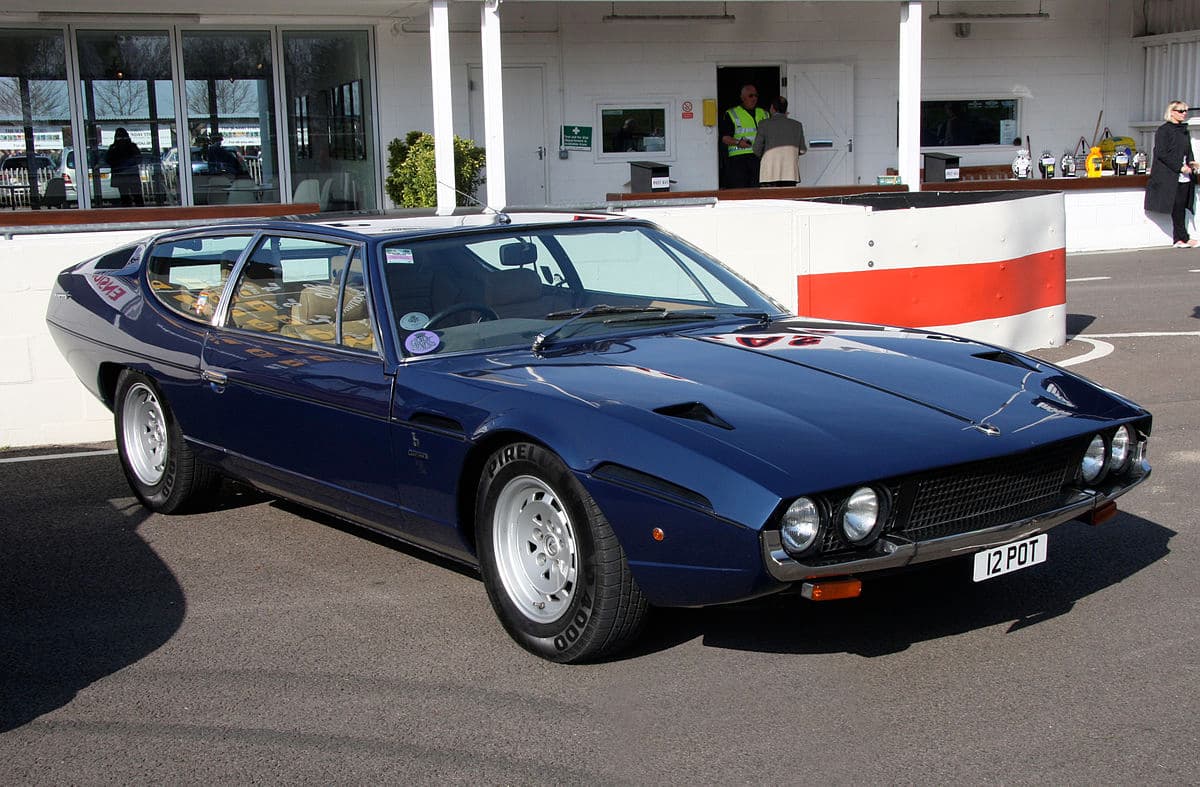
The Lamborghini Espada GTE Series III, on the other hand, was a masterpiece of Italian design and engineering. The exterior of the Espada was a blend of sharp lines and smooth curves, giving it a distinctive and aggressive appearance. The car’s long, low silhouette was both elegant and imposing, a true representation of Lamborghini’s design ethos.
Inside, the Espada Series III was all about luxury and comfort. The cabin was spacious and adorned with high-quality materials, including leather and wood finishes. The dashboard layout was driver-focused, with all instruments and controls within easy reach. This model was known for its excellent blend of performance and comfort, making it one of the most desirable grand tourers of its time.
Subaru Alcyone SVX and Lamborghini Silhouette P300
The Subaru Alcyone SVX and the Lamborghini Silhouette P300, though emerging from distinct automotive spheres, share a notable resemblance in their design language. Both vehicles were crafted with a focus on sleek, futuristic aesthetics, presenting an aerodynamic silhouette that was ahead of its time.
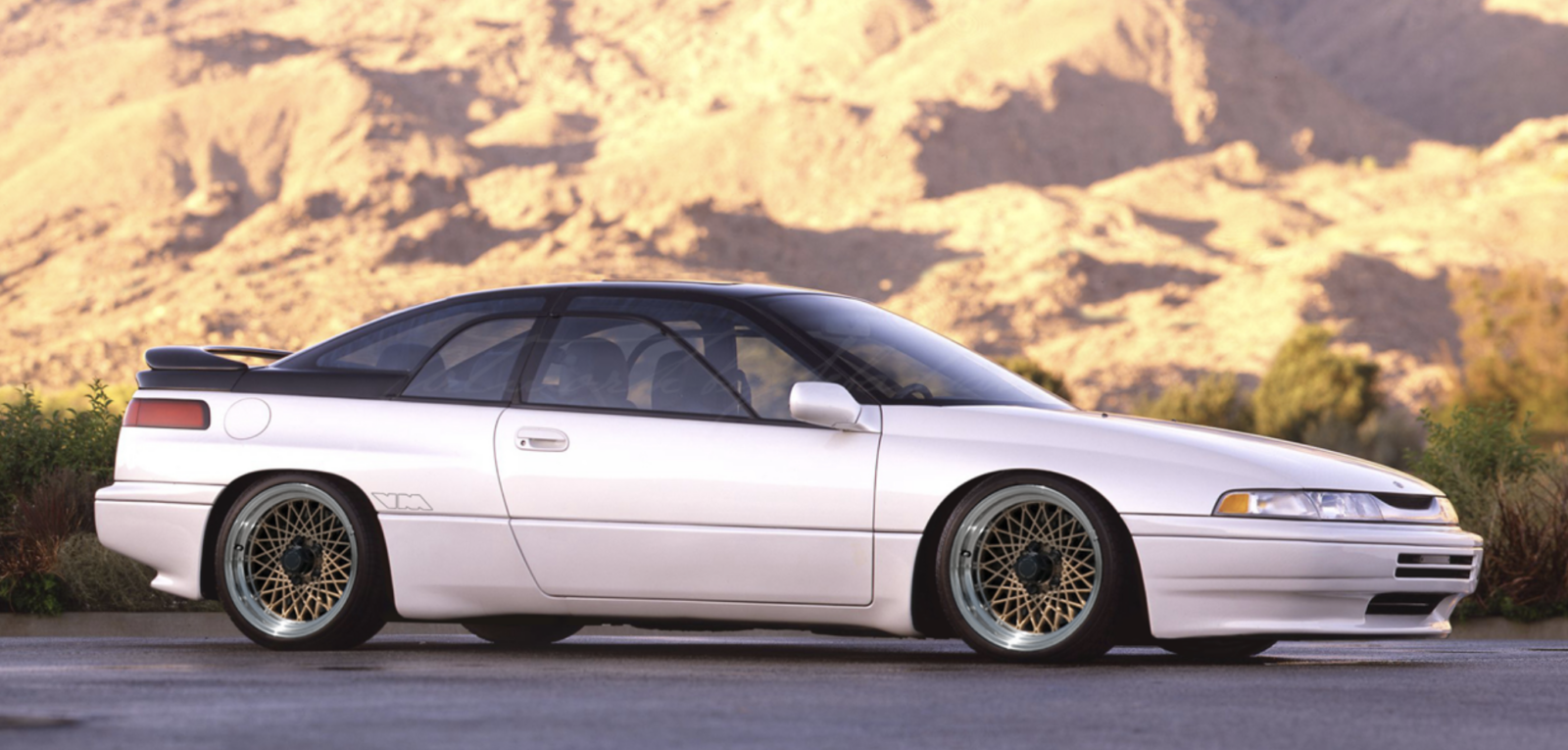
The Alcyone SVX, launched in the early 1990s, showcased a unique and avant-garde style. It featured a distinctive window-in-window design, where the glass area extended beyond the conventional window limits, creating an almost uninterrupted glass canopy. This design element was not only visually striking but also enhanced aerodynamics and visibility. The exterior of the SVX was characterized by its smooth, flowing lines and an almost oval-shaped front grille, which echoed the Silhouette’s commitment to fluid design.
Inside, the SVX’s cabin was a fusion of comfort and futuristic design. The dashboard and center console were driver-oriented, with ergonomically placed controls and a layout that prioritized functionality. The interior design, while not as luxurious as the Lamborghini, emphasized a spacious and modern feel, incorporating elements such as comfortable seating and advanced (for its time) electronic features.
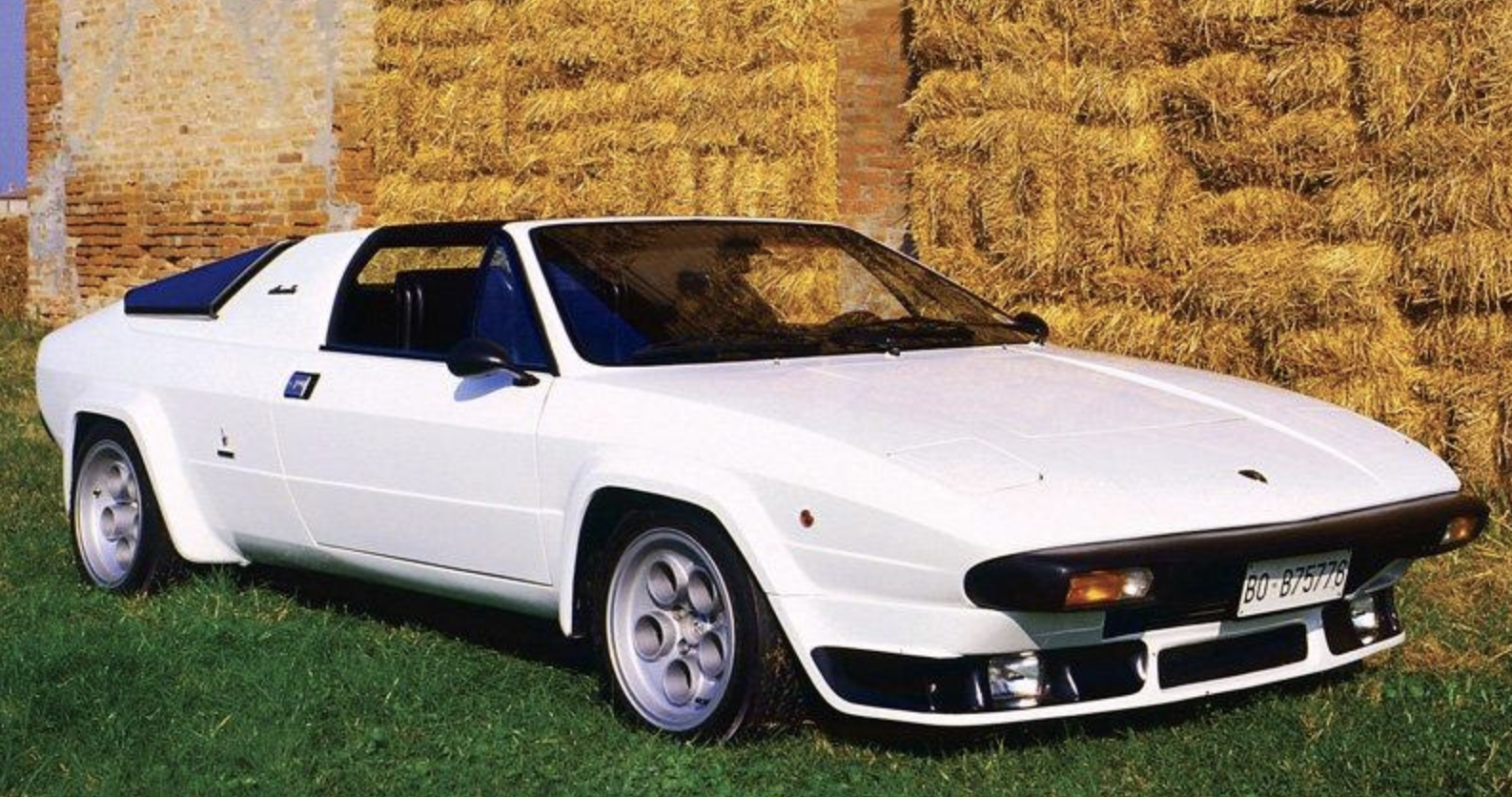
In contrast, the Lamborghini Silhouette P300, introduced in the late 1970s, was a showcase of Italian design and performance. Its exterior boasted a striking profile with sharp lines and a low, wide stance that emphasized speed and power. Notable features included the distinctive targa top, angular wheel arches, and the prominent Lamborghini grille that contributed to its aggressive appearance.
The Silhouette P300’s interior was a blend of luxury and sportiness. The cabin featured high-quality materials, including leather upholstery and polished trim, creating an opulent environment. The layout was driver-centric, with a focus on ergonomics and ease of access to controls. This model balanced the brand’s performance heritage with a level of interior refinement that was rare for sports cars of that era.
Subaru XT and Lamborghini Islero 400 GT
The Subaru XT and the Lamborghini Islero 400 GT, though originating from different eras and market segments, exhibit a striking similarity in their design aesthetics. These vehicles both embraced a wedge-shaped, aerodynamic form, a testament to the evolving automotive design trends focused on efficiency and performance.
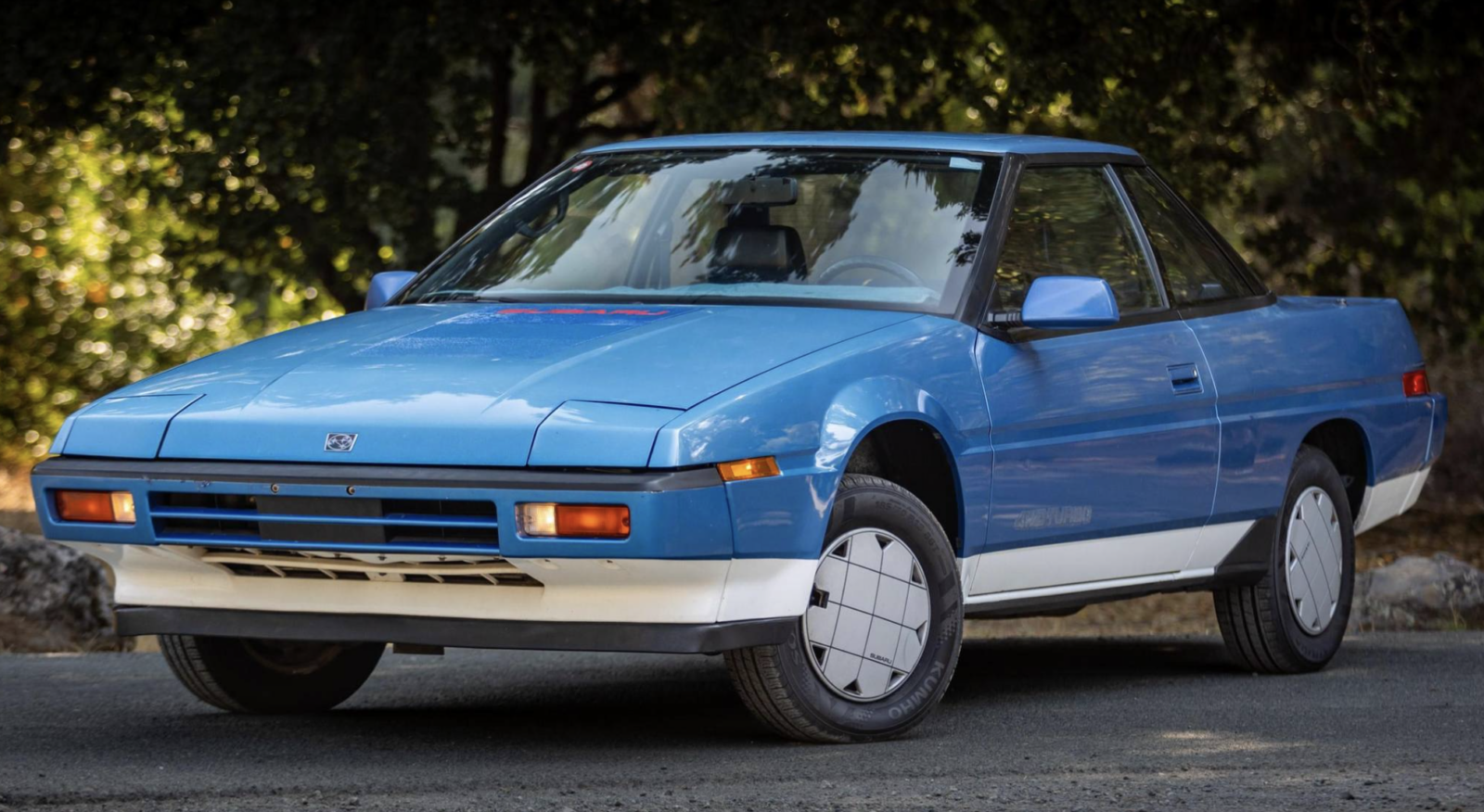
The Subaru XT, introduced in the mid-1980s, was a significant departure from Subaru’s previous design language. It featured a distinctive wedge shape, with sharp angles and a sloping front end that reduced aerodynamic drag. This design approach was not just about aesthetics; it also improved fuel efficiency and handling. The XT’s pop-up headlights and a flush grille added to its futuristic appearance, mirroring some of the design elements seen in the Islero.
Inside, the Subaru XT was equipped with a highly futuristic dashboard for its time, featuring digital gauges and an array of buttons and controls that gave it a cockpit-like feel. The interior was designed with a focus on driver ergonomics, with adjustable steering and seats that allowed for a custom driving experience. Although not as luxurious as the Islero, the XT’s interior was innovative and driver-focused.
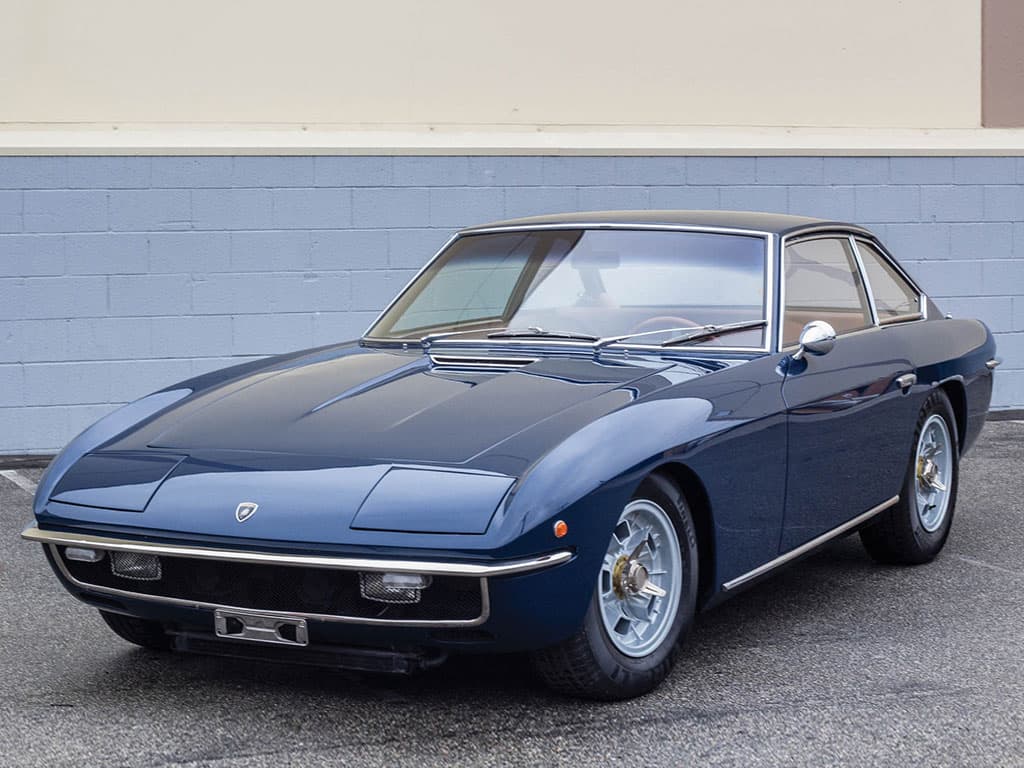
On the other hand, the Lamborghini Islero 400 GT, launched in the late 1960s, was an epitome of Italian sports car design. Its exterior was marked by a classic, yet aggressive wedge shape, with clean lines that flowed from the front to the rear of the car. The Islero’s design was understated for a Lamborghini, but it still maintained an air of elegance and power, especially with its rounded front end and subtly flared wheel arches.
The interior of the Islero 400 GT exuded luxury and craftsmanship. It featured high-quality leather upholstery, wood trim, and a well-appointed dashboard that was both stylish and functional. The car’s interior was designed to provide comfort and luxury, without compromising on the driver-centric layout that Lamborghinis are known for.
Subaru BRZ Convertible and Lamborghini Gallardo LP560-4 Spyder
The Subaru BRZ Convertible and the Lamborghini Gallardo LP560-4 Spyder exhibit striking design similarities, capturing the essence of a modern sports car with their sleek, dynamic profiles. Both cars are marked by their athletic stance, aggressive lines, and the allure of open-top driving, blending performance with aesthetic appeal.
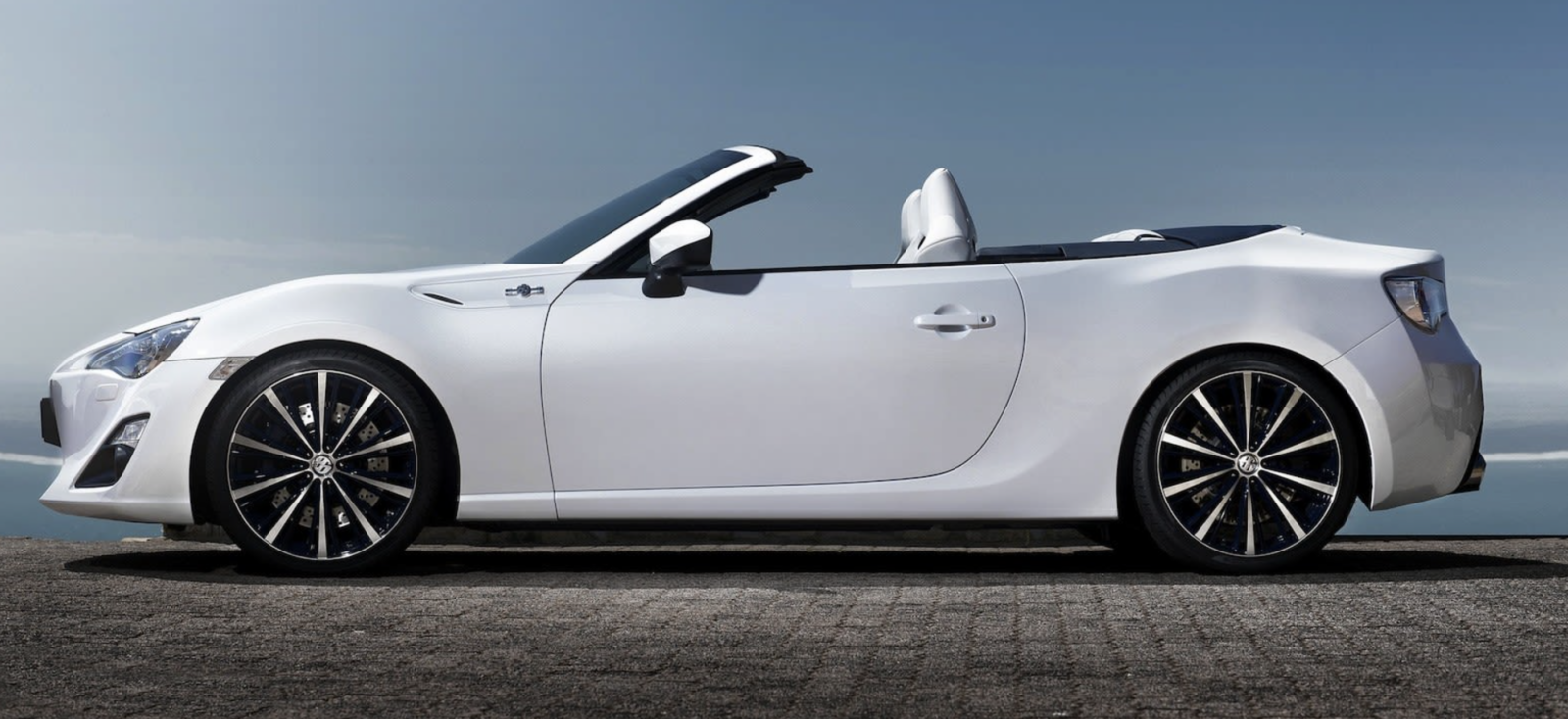
The Subaru BRZ Convertible, known for its balanced handling and driver-focused design, features a low and wide body that emphasizes its sporty nature. Its front fascia is characterized by sharp headlights and a wide grille, creating an assertive appearance. The convertible variant adds another dimension to the BRZ, offering the thrill of open-air driving. Aerodynamic lines flow seamlessly from the front to the rear, enhancing both its visual appeal and performance efficiency.
Inside, the BRZ Convertible focuses on a minimalist yet functional interior. The dashboard is straightforward, with an emphasis on driver ergonomics. The seats are designed to be supportive during spirited driving while ensuring comfort during longer journeys. While it doesn’t boast the luxury of the Gallardo Spyder, the BRZ’s interior is well-crafted, offering a modern and uncluttered environment.
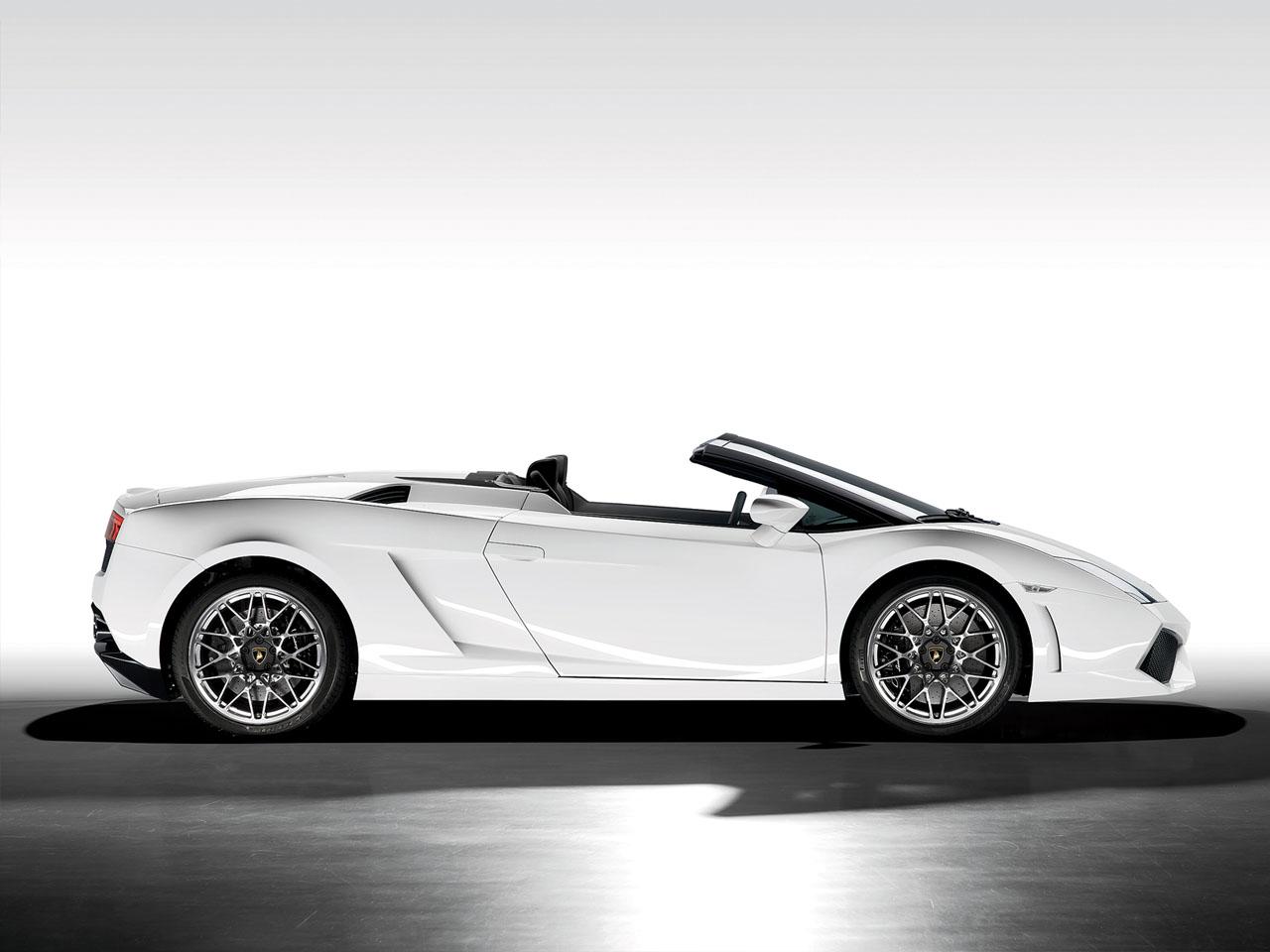
On the other hand, the Lamborghini Gallardo LP560-4 Spyder is a masterpiece of Italian engineering and design. Its exterior is a blend of sharp, angular lines and smooth curves, contributing to an aggressive yet elegant appearance. The Spyder’s low stance and wide body give it a formidable presence, while the convertible top adds a layer of exclusivity and excitement. The use of advanced materials, like carbon fiber, aids in weight reduction and performance enhancement.
The interior of the Gallardo Spyder is a luxurious realm, featuring high-quality materials like fine leather and Alcantara. The cabin is driver-centric, with a focus on intuitive layout and controls. Every aspect, from the seating to the instrumentation, is designed to enhance the driving experience, providing both comfort and a sense of connection with the car.
Subaru Crosstrek and Lamborghini Urus
The Subaru Crosstrek and the Lamborghini Urus, although belonging to distinct segments within the automotive industry, share surprising similarities in their design languages. Both models embody a blend of rugged functionality and a sleek, sporty aesthetic, characteristic of modern SUVs, yet they maintain unique identities true to their brand heritage.

The Subaru Crosstrek, known for its practicality and versatility, features a design that combines the compactness of a hatchback with the robustness of an SUV. It boasts a bold front grille, hawk-eye headlights, and pronounced wheel arches, contributing to its rugged yet stylish appearance. The vehicle’s raised ground clearance not only enhances its off-road capability but also adds to its athletic stance. The Crosstrek’s exterior is designed to be both functional and appealing, striking a balance between urban style and outdoor readiness.
Inside, the Crosstrek offers a spacious and ergonomic interior. The cabin is designed with a focus on comfort and practicality, featuring high-quality materials and a straightforward layout. The infotainment system and controls are intuitively placed for ease of use, and the interior space is optimized for both passenger comfort and cargo storage, reflecting Subaru’s commitment to functionality and user-friendliness.
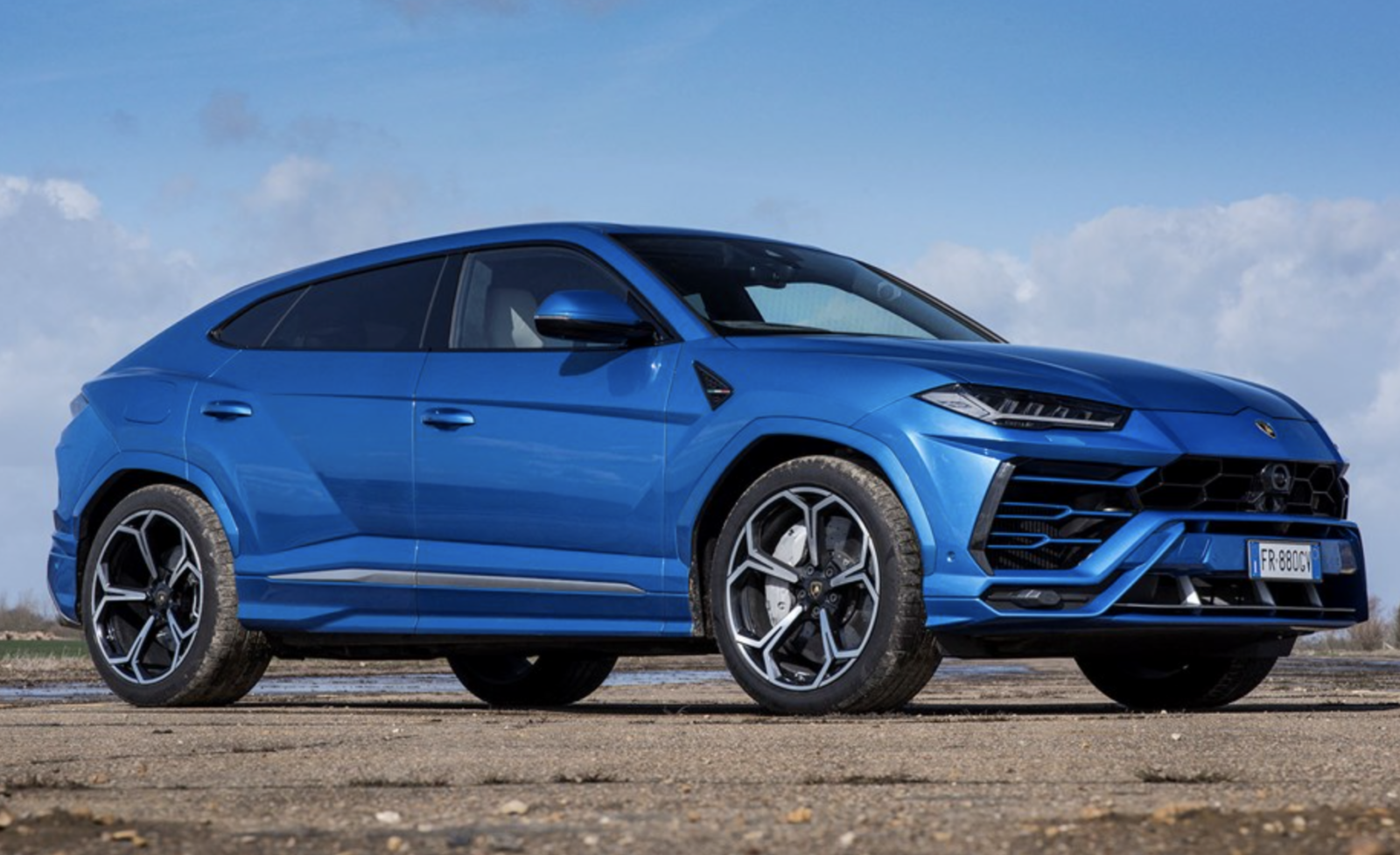
In contrast, the Lamborghini Urus, as a super SUV, integrates Lamborghini’s performance DNA into an SUV format. Its exterior design is bold and aggressive, with a distinctive Lamborghini front grille, angular lines, and a coupe-like silhouette. The Urus stands out with its dynamic proportions, large air intakes, and a muscular stance that screams performance. This design approach not only makes a visual impact but also contributes to the vehicle’s aerodynamic efficiency.
The interior of the Urus is a fusion of luxury and sportiness. It features high-end materials like leather, Alcantara, and carbon fiber, creating an opulent and sophisticated environment. The cabin is centered around the driver, with a cockpit-like layout that includes customizable controls and advanced technology. The Urus combines the practicality of an SUV with the extravagance typical of a Lamborghini, offering a unique driving experience.
Subaru Solterra and Lamborghini Lanzador
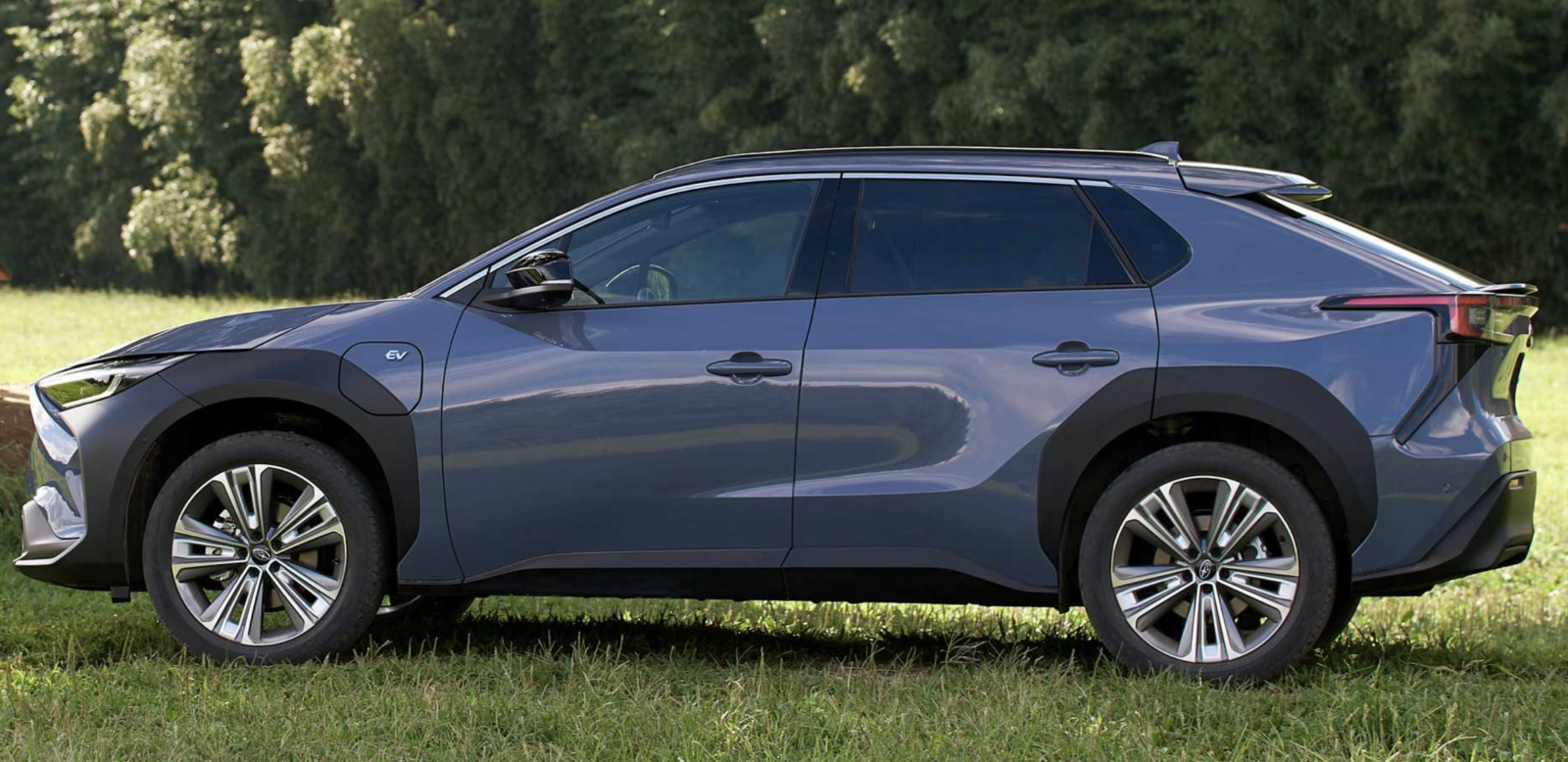
The Subaru Solterra and the conceptual Lamborghini Lanzador, although from different automotive spheres, share a striking similarity in their design approach, especially in adopting a futuristic and innovative style. Both vehicles embrace the evolving trends in electric vehicle (EV) design, focusing on aerodynamic efficiency and a modern aesthetic.
The Subaru Solterra, as Subaru’s first foray into the fully electric vehicle market, presents a design that is both functional and forward-looking. The exterior of the Solterra is characterized by clean, flowing lines and a balanced proportion that hints at its EV nature while maintaining Subaru’s traditional rugged appeal. The front fascia, with its slim headlights and closed grille, is designed for aerodynamic efficiency, a critical aspect for electric vehicles. The vehicle’s profile is sleek, with a roofline that slopes gently towards the rear, reducing drag and enhancing range efficiency.
Inside, the Solterra offers a cabin that is minimalist yet highly functional. The interior design prioritizes eco-friendliness, with the use of sustainable and recycled materials. The dashboard is uncluttered, featuring a large infotainment display and user-friendly controls. The focus is on creating a comfortable and technologically advanced space that aligns with the eco-conscious ethos of an electric vehicle.
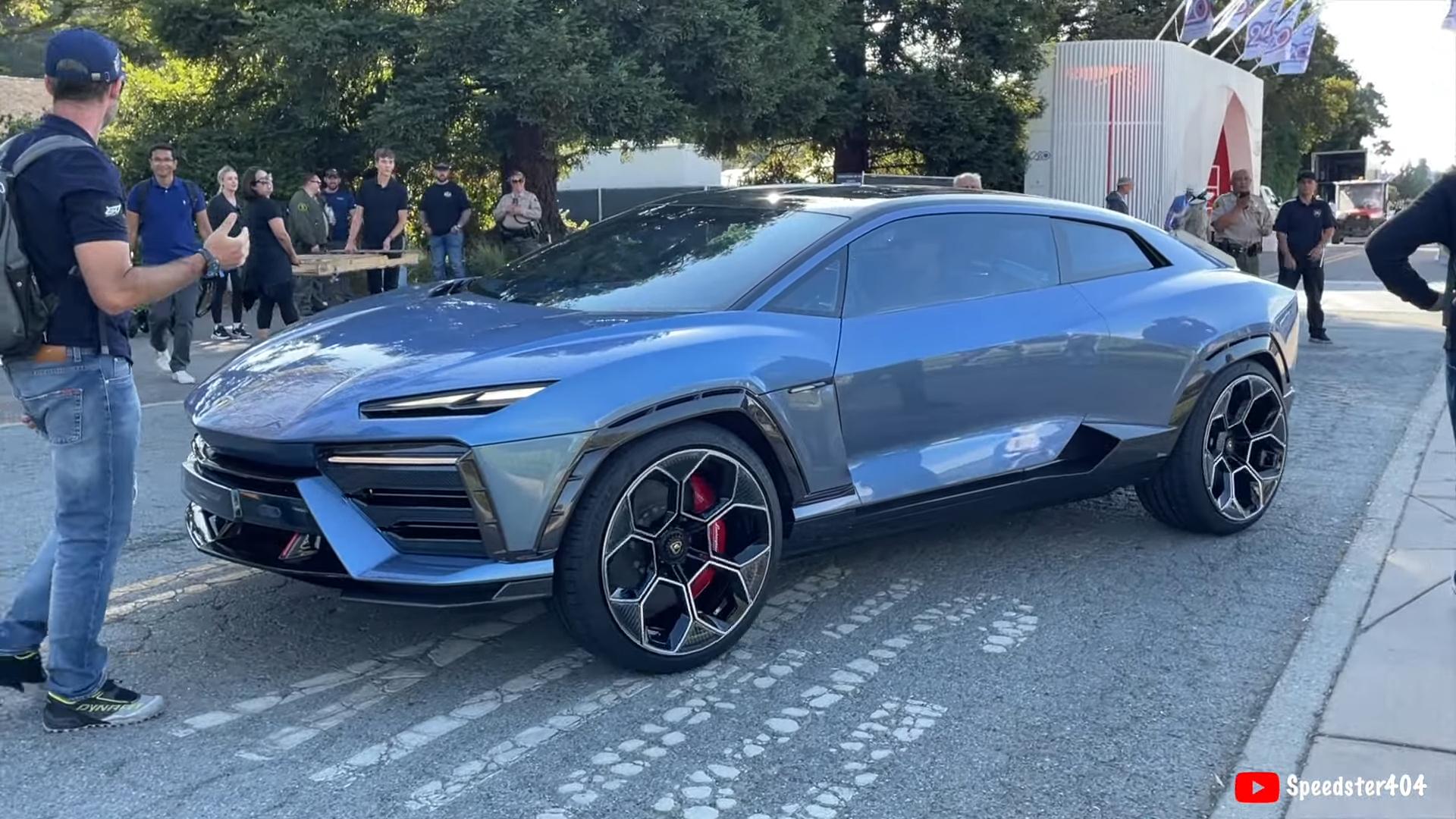
The Lamborghini Lanzador, on the other hand, represents an exotic approach to electric vehicle design. This conceptual model showcases Lamborghini’s vision of a high-performance EV with its aggressive and bold styling. The exterior is a fusion of Lamborghini’s signature angular design language and advanced aerodynamic elements tailored for an electric powertrain. The Lanzador’s design is characterized by sharp lines, dramatic angles, and a low, wide stance, embodying the essence of a Lamborghini in an electric format.
The interior of the Lanzador is expected to be a blend of luxury and cutting-edge technology. While maintaining the high standards of craftsmanship and premium materials typical of Lamborghini, the cabin would likely feature advanced digital interfaces and controls, emphasizing the vehicle’s futuristic capabilities. The design would prioritize driver engagement and connectivity, keeping with Lamborghini’s driver-focused ethos.

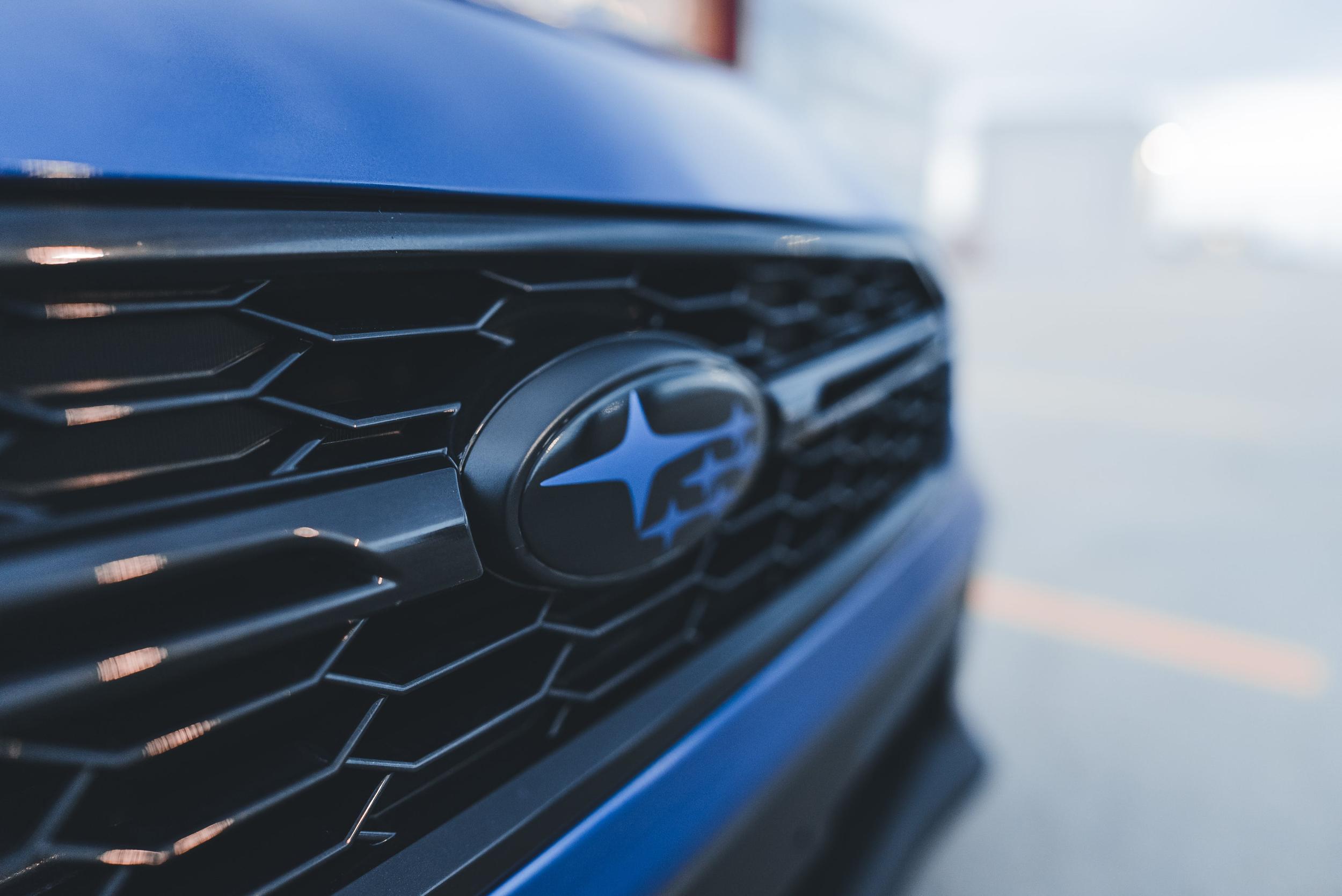
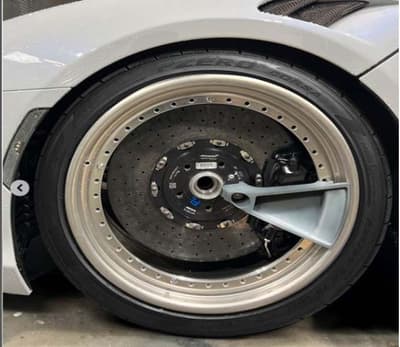

The Subaru Crosstrek definitely gives me Urus Vibe
The Solterra also looks close to the Lanzador if you really wanted comparison
Subaru’s are underrated!! How many of you agree?